Carbohydrates are an essential part of a healthy, balanced diet as the body’s principal energy source at rest and during exercise.
Despite what proponents of low-carb diets might say, carbs are still king for endurance athletes such as cyclists. In fact, elite riders are consuming more carbohydrates than ever.
But how many carbs do you need to fuel your riding? In this article, we’ll suggest how many carbohydrates to consume on and off the bike. We’ll also explain when and why to eat the different types of carbohydrates.
Why are carbohydrates crucial for cyclists?
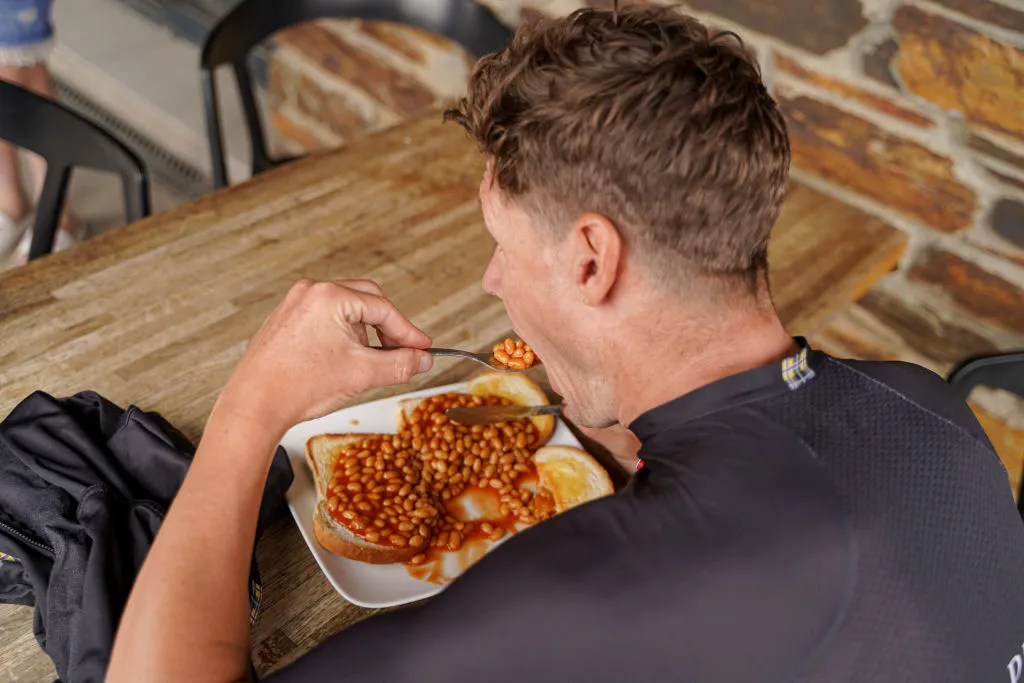
Being one of the three macronutrient groups, along with protein and fat, carbohydrates are a key part of cycling nutrition.
The body converts the starches and sugars contained in carbohydrates into glucose, which is carried in the bloodstream.
If it is not used for energy, excess glucose gets stored as glycogen. Enough glycogen can be stored to fuel 90 to 120 minutes of moderate exercise in most athletes.
Performance
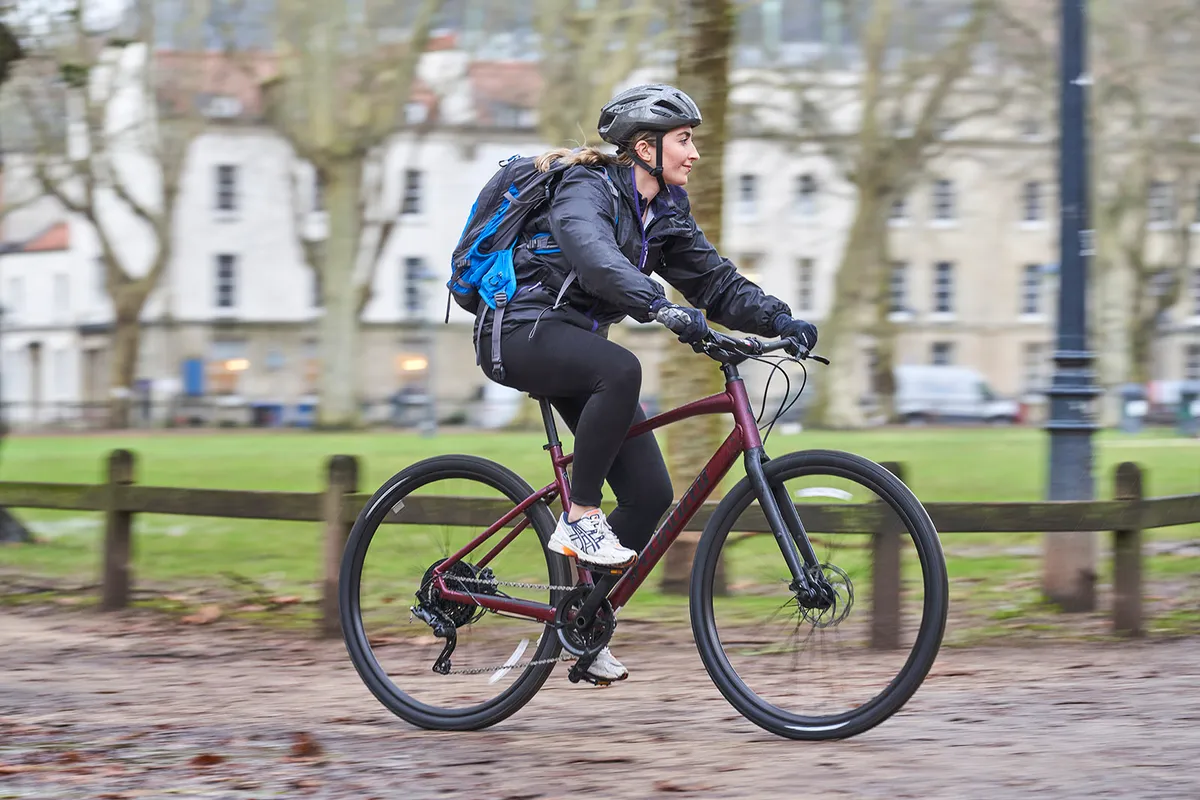
Even in lean cyclists, fat stores are almost unlimited. Therefore, the body runs predominately off fat in low-intensity exercise.
As intensity increases, the body gradually transitions to use mainly carbohydrates for fuel.
This is because, through glycolysis, it is quicker and requires less oxygen to create adenosine triphosphate (ATP) from carbohydrates than fat.
ATP is sometimes called a ‘fuel molecule’. The skeletal muscles use ATP to contract and produce movements, such as pedalling.
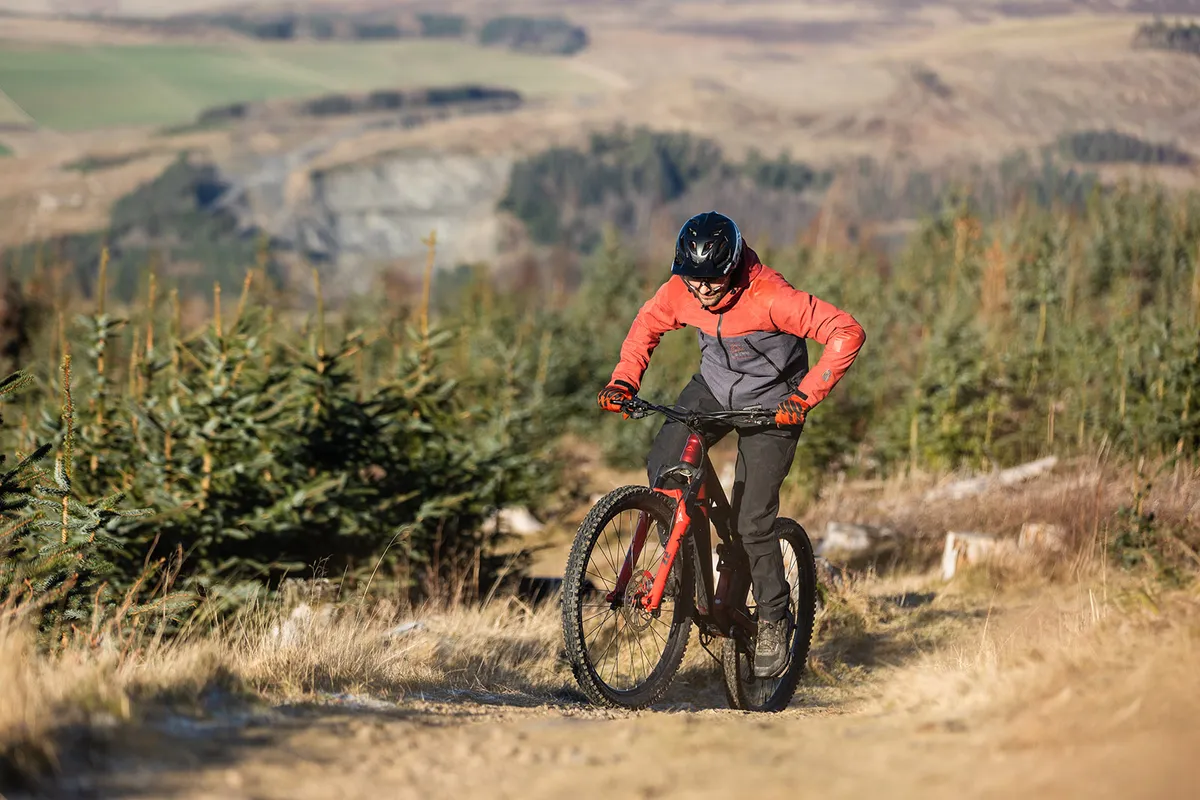
The carbohydrates come from blood glucose and the glycogen held in the muscles and liver. These stores are limited. So in prolonged exercise you have to supplement your carbohydrate availability by eating or drinking extra carbs.
Will Girling, a nutritionist at the EF Education-EasyPost WorldTour team, says: “I think the total of carbohydrates is most important, followed very closely by timing.
“If you can hit the total amount of calories, carbohydrates, protein and fat that you need to support your training on a day-to-day basis, you’ll really fly and improve quicker.”
How many carbohydrates do I need?
There are different ways to establish how many carbohydrates you need on a daily basis and per hour during exercise. We'll explain both below.
Carbs per kg of body mass per day
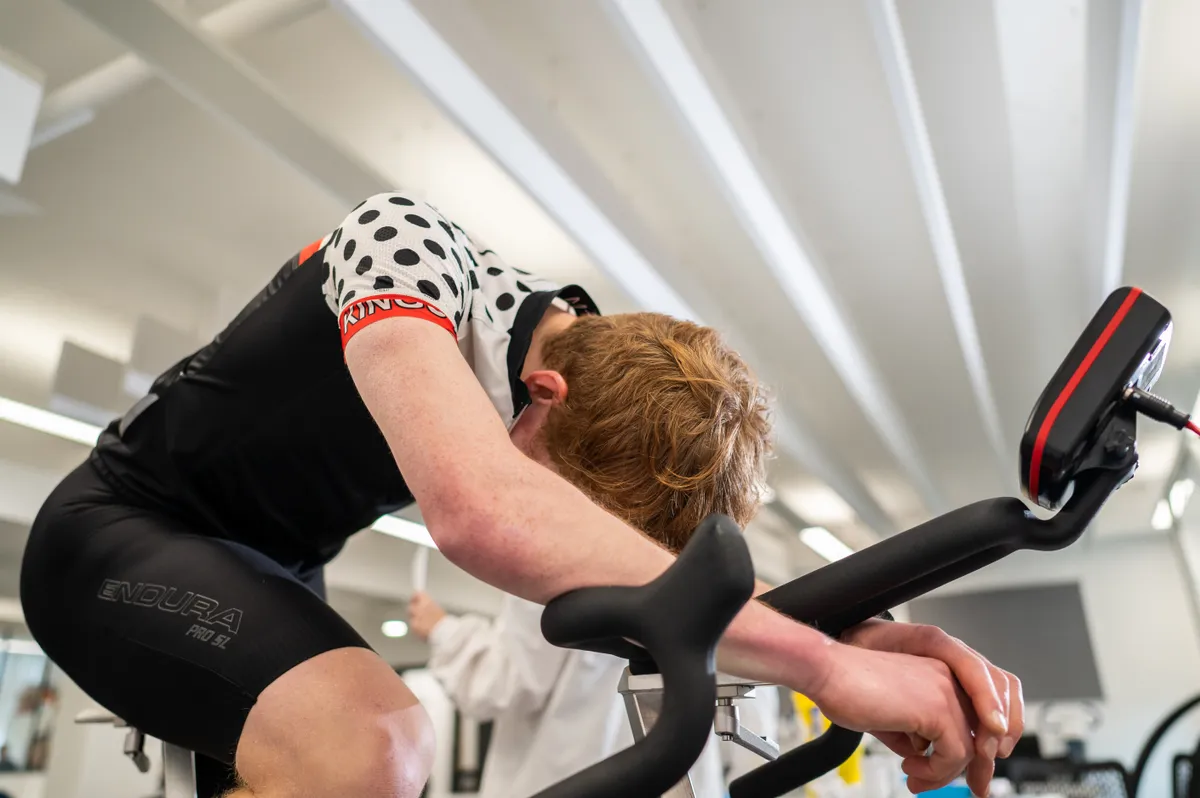
If you’re not consuming a sufficient quantity of carbohydrates, you’re likely to know about it.
Lack of energy (including daytime drowsiness), low mood and irritability, hunger, weak immunity and poor sleep are common signs of under-fuelling.
A feeling of empty legs and inability to complete demanding interval workouts, and bonking on endurance rides may also indicate you’re low on carbs.
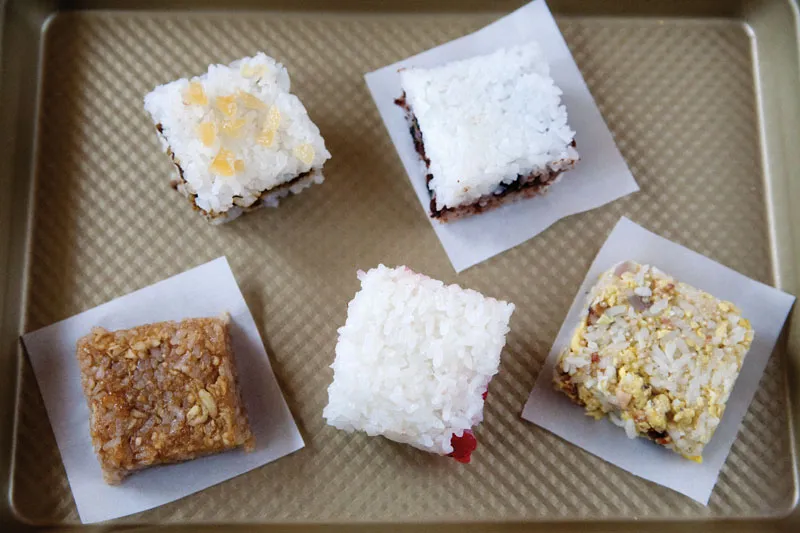
In a 2011 study called Carbohydrates for training and competition, researchers Burke, Hawley, Wong and Jeukendrup set out endurance athletes’ daily carbohydrate needs for fuelling and recovery.
The recommended intake is expressed as grams of carbohydrates per kilo of an athlete’s body mass per day.
- Light (low-intensity): 3-5g/kg
- Moderate (one hour per day): 5-7g/kg
- High (moderate-to-high intensity exercise for 1-3 hours a day): 6-10g/kg
- Very high (moderate-to-high intensity, 4-5 hours a day): 8-12g/kg
Based on your activity levels, you can decide which daily intake roughly meets your cycling needs.
If you’re really serious about nailing your carb intake, especially while trying to lose fat, we’d recommend working with a cycling nutritionist.
Energy balance
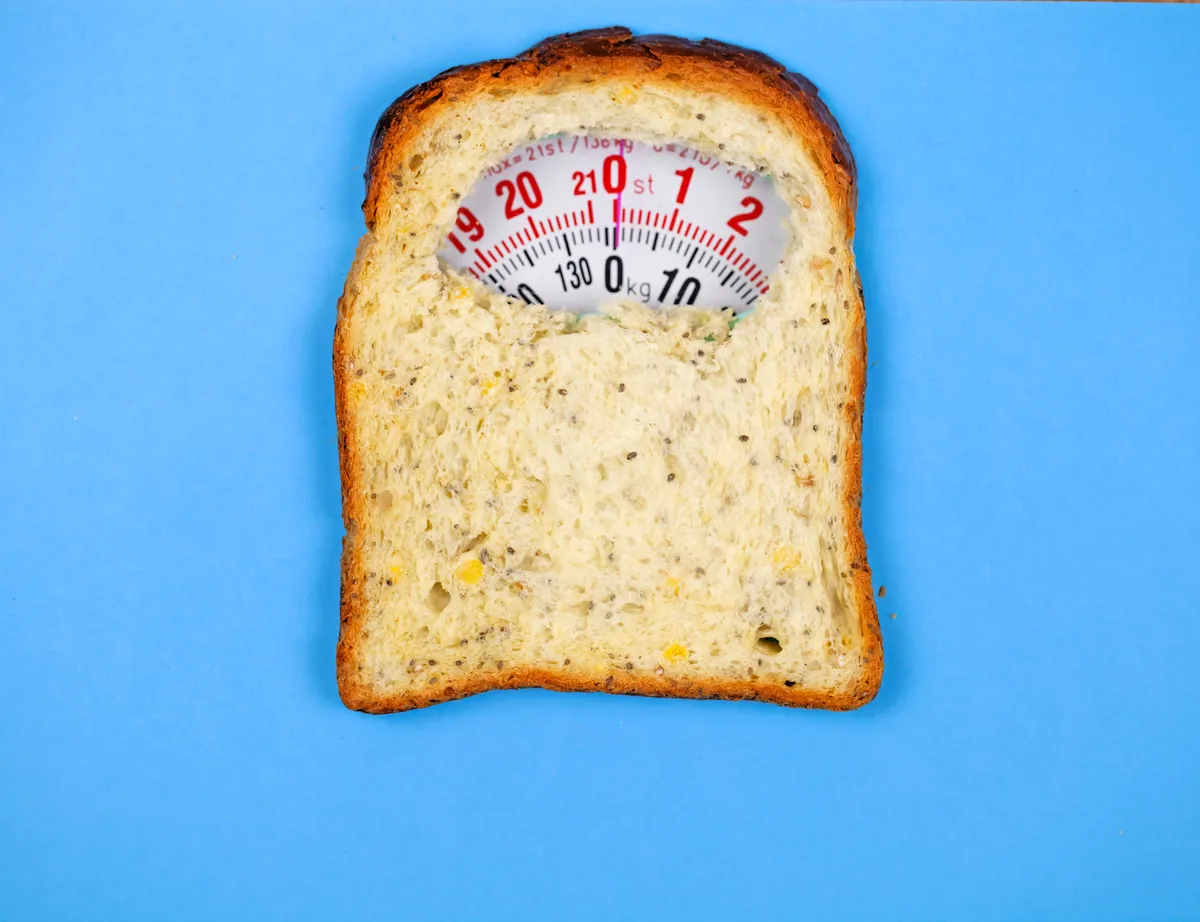
Dr Tim Podlogar, an expert on carbohydrate metabolism and research fellow at the University of Birmingham, says in an ideal world cyclists would eat carbohydrates all the time.
Instead, you have to bear in mind how many calories you burn cycling and in everyday life.
“We need to stay in an energy balance and if you have too much energy, weight will go up,” he says.
If a rider is at their ideal cycling weight, weight gain is not desirable, so Dr Podlogar says you have to “micro manage” energy availability.
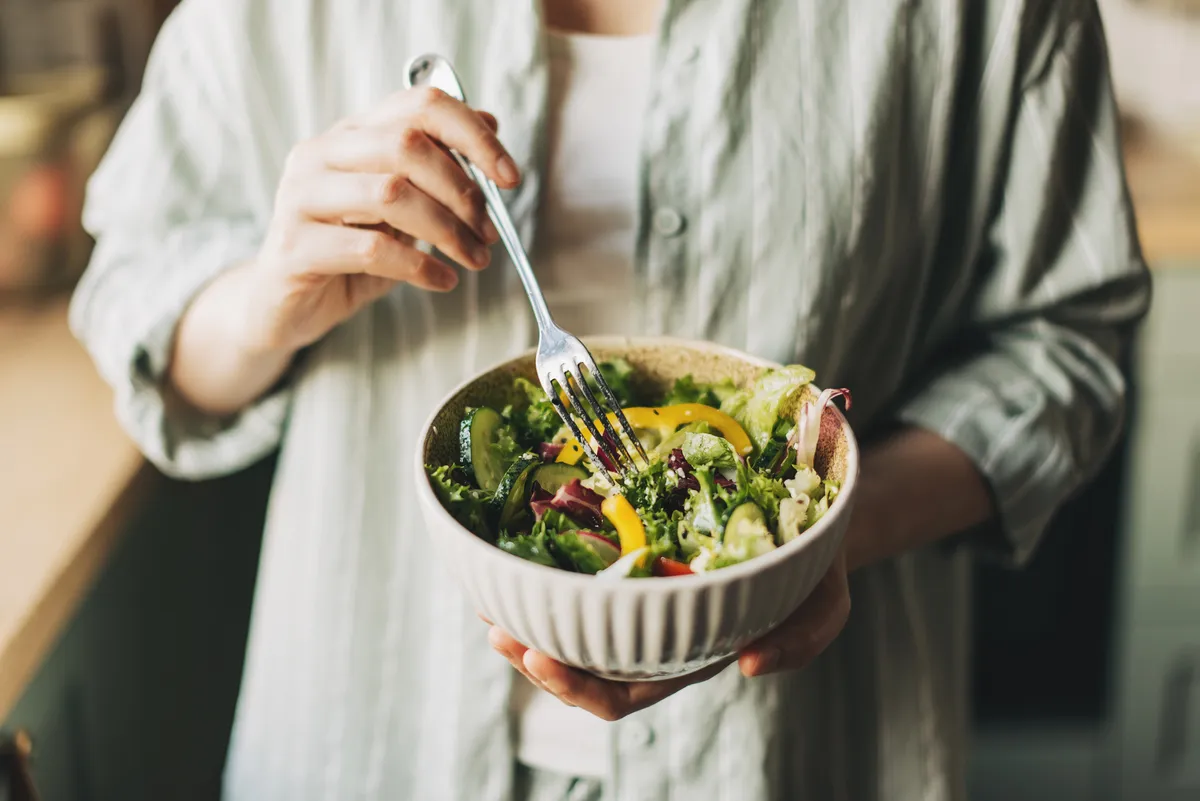
Going into zone 2 rides, Dr Podlogar says you could be in a calorie deficit and still complete the ride, as long as you fuel during the ride to maintain blood glucose levels.
“If it’s an easy training session and energy expenditure will be low, eat your vegetables, protein and be a little bit hungry if you want to lose weight.
“But going into interval sessions, you definitely want to be fuelled well and don’t want to have much of a calorie deficit before or during the ride.”
Carbs per hour
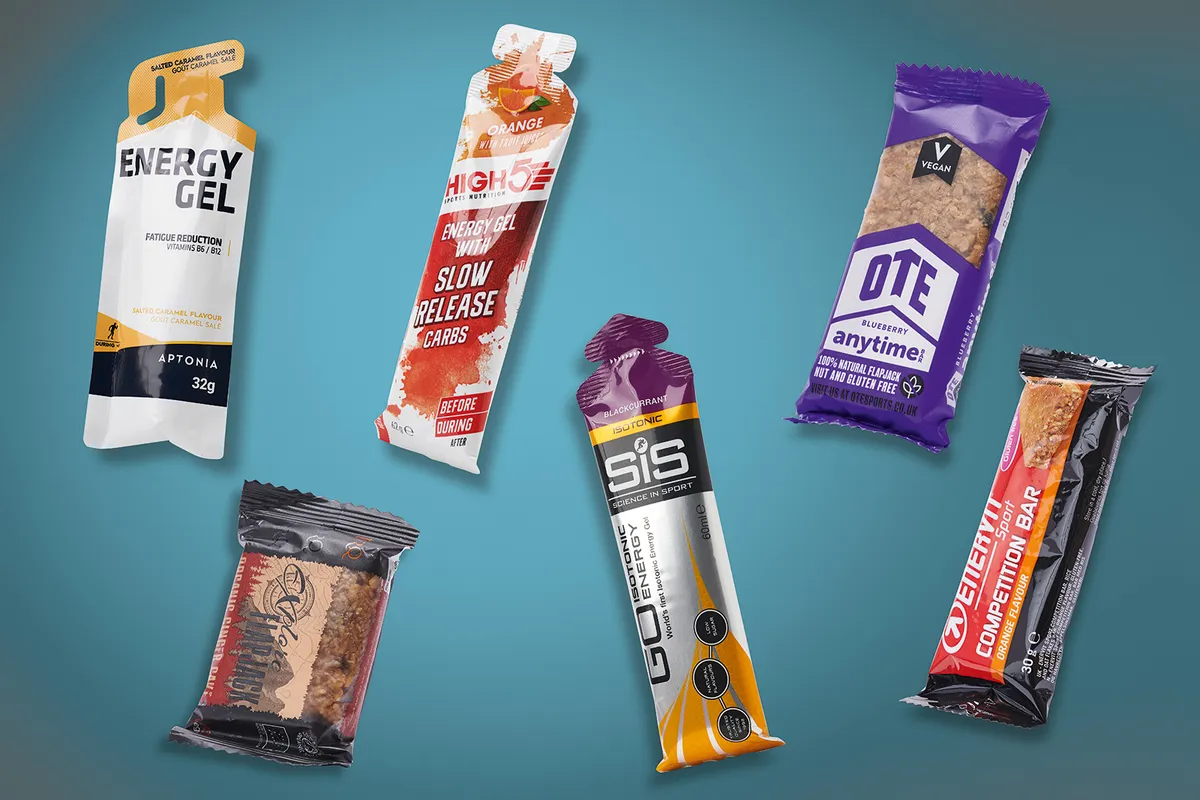
For rides of up to 2.5 hours, Burke, Hawley, Wong and Jeukendrup recommend a carbohydrate intake of 30-60g an hour. This amounts to one or two bits of food (be it an energy gel or banana).
They say 90g of carbohydrates an hour might be beneficial on longer rides.
Girling agrees. He says you should at least double the 30g per hour target when riding for more than four hours, especially on spirited group rides.
“With 30g an hour, you’ll feel a bit more shaky and it’s going to feel a bit harder,” the nutritionist says.
“You might feel like you’re going up and down in terms of bonking and not bonking.”
Sugar crashes on the bike
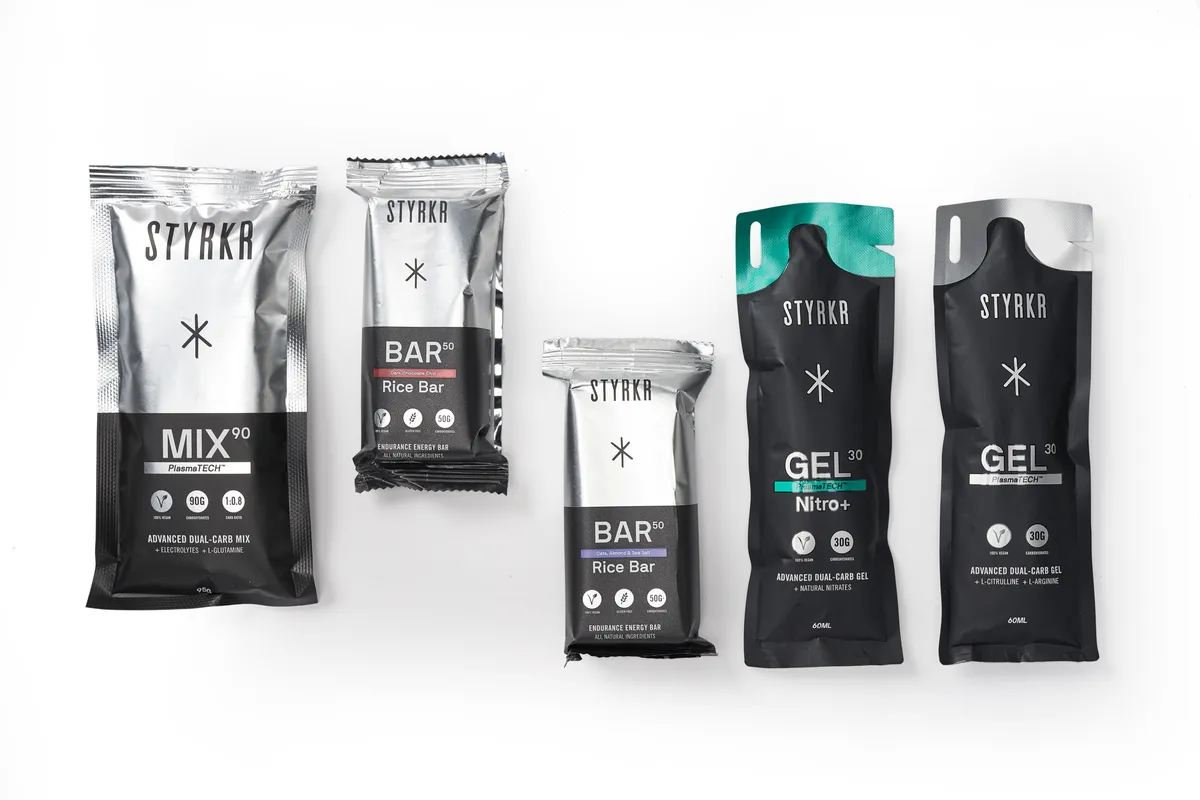
Another closely linked misconception surrounding simple carbs during exercise is that they cause blood-glucose spikes.
In fact, this doesn't happen “because you’re using the sugar as you’re taking it on,” says Girling.
The probable cause of sugar crashes on the bike is insufficient total carb intake.
He adds: “What’s probably happening is that you’re starting to bonk and then take on food, such as a gel. Blood sugar levels increase and you start to feel better.
“But you get on a rollercoaster where if you’re not continuing intake, blood sugar levels drop back down and then you re-bonk.
“Blood sugar is going from a normal level to a sub-optimal level because you’re not continually refuelling.”
To avoid these peaks and troughs, Girling suggests a much higher hourly carb intake of, for example, 90g per hour (if you’ve trained your stomach to handle that) on four-hour rides.
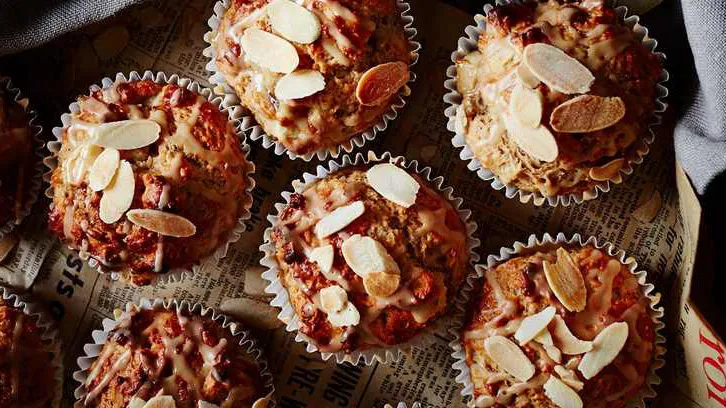
Girling says it’s up to you whether you get your carbs from energy drinks and bars, or real food in semi-liquid (such as mashed papaya) or solid form, such as malt loaf or jam sandwiches.
If you don't like the taste, ingredients or cost of commercially made energy bars, you could make your own flapjacks for cycling.
Solid real foods will take longer to digest though, so they better suit longer, lower-intensity rides, such as audaxes.
What about diabetes?
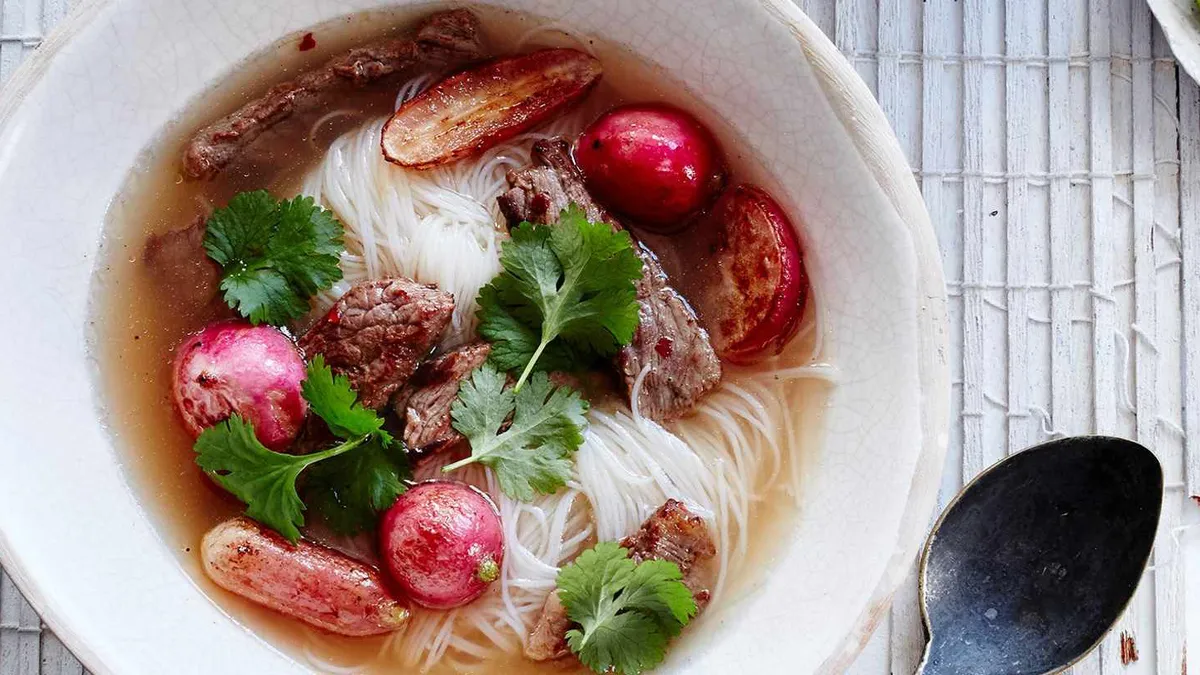
Studies have linked diets plentiful in high-GI foods to the development of type 2 diabetes. But as Teymoori et al noted in a 2021 paper, it’s the elevated insulin levels, which rise to control blood glucose, that can lead to insulin resistance and type 2 diabetes.
Since the body doesn’t release insulin during exercise, non-diabetic cyclists shouldn’t be concerned about fueling with sugar on the bike.
Moreover, a 1992 study by researchers at the University of Copenhagen found that during training athletes adapt to be able to absorb a high-carbohydrate diet without experiencing potentially harmful hyperglycemia.
This evidence suggests cyclists’ high-carb diets off the bike don’t put them at risk of developing diabetes either.
Back load the carbs
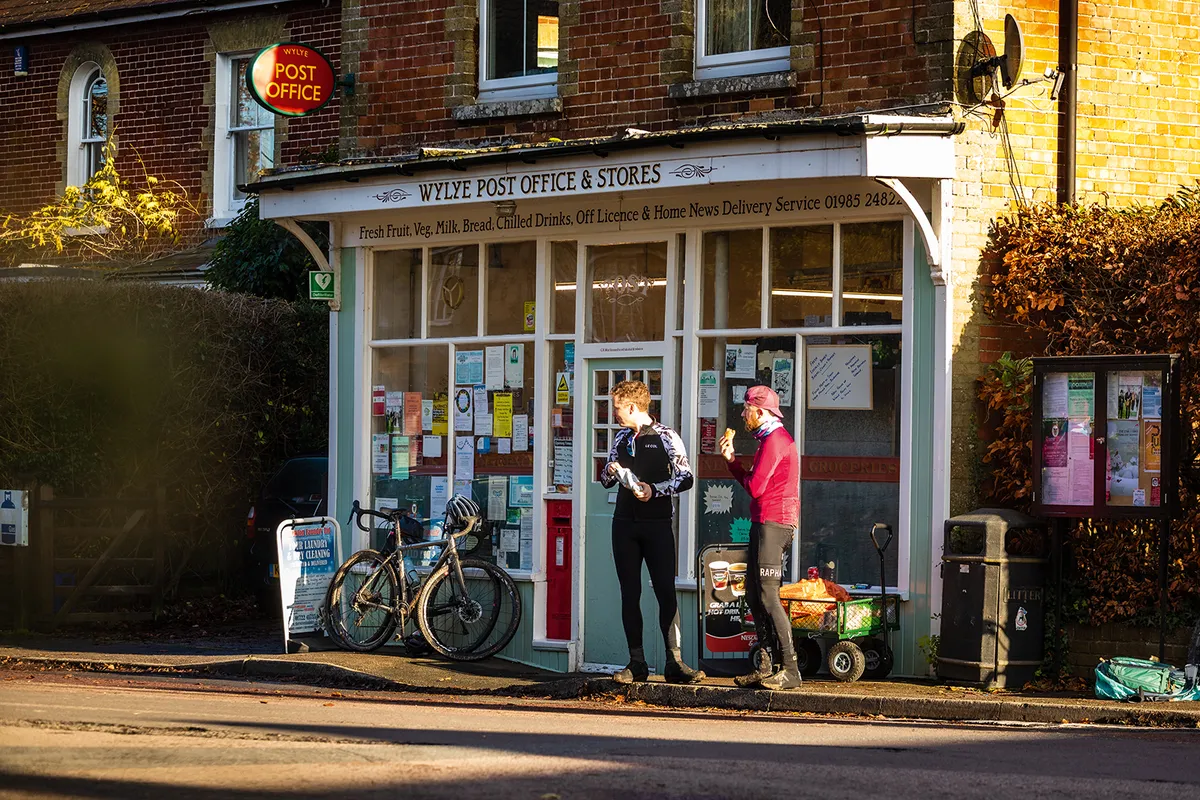
Dr Podlogar recommends upping your carb intake in the second half of a long ride.
“A strategy to do it correctly is to start with a lower amount and fuel really well for the last few hours,” he says.
“That is when your glycogen stores are getting low and you’re relying on blood glucose, so you want to eat a lot.
“Any unabsorbed carbohydrates during the ride will serve as recovery nutrition.”
Higher carb intake isn’t always necessary
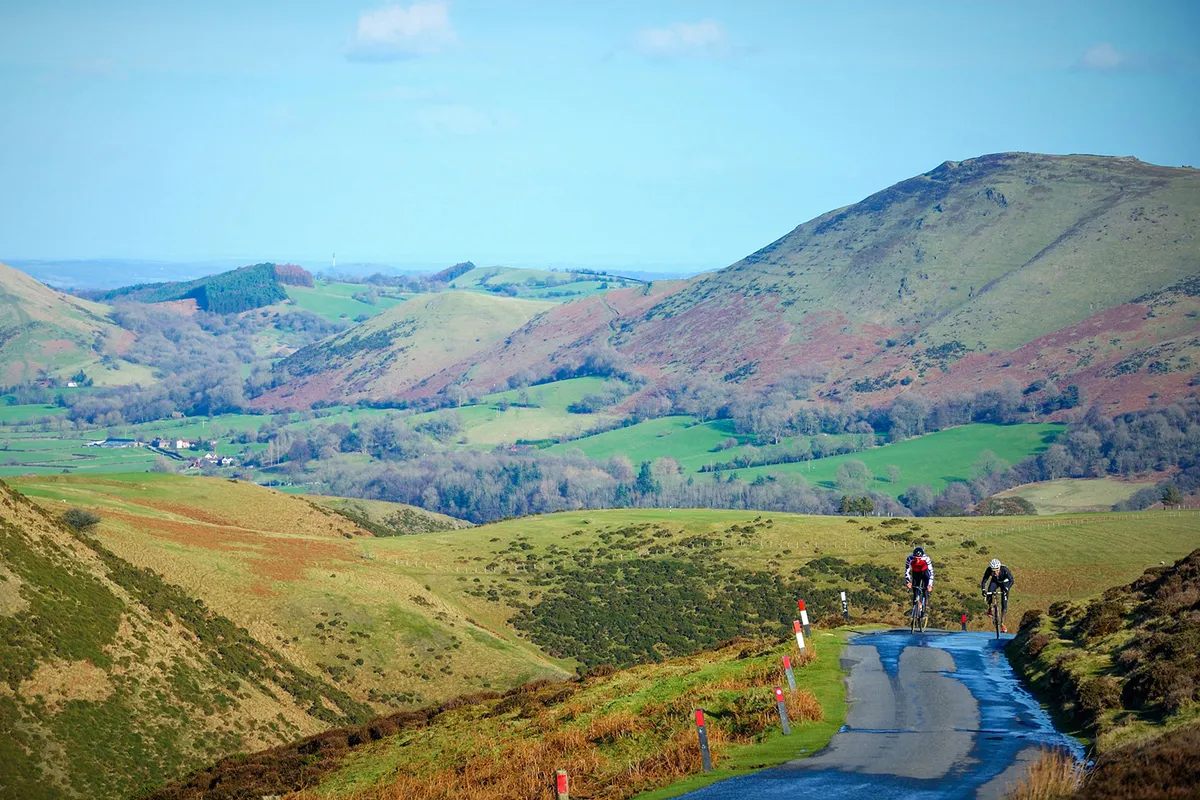
Andy Blow, a sports scientist and founder of Precision Fuel and Hydration, says most people “underestimate their fuelling needs”.
But he adds that you won’t always benefit from a sky-high carb intake.
“It’s more a grey area when people aren’t so fit and are riding well within their comfort zone, because they won’t burn as many carbohydrates,” he says.
Taking in more carbohydrates won’t be that helpful at a lower intensity because your body will oxidise mostly fat.
Dual-carb science explained
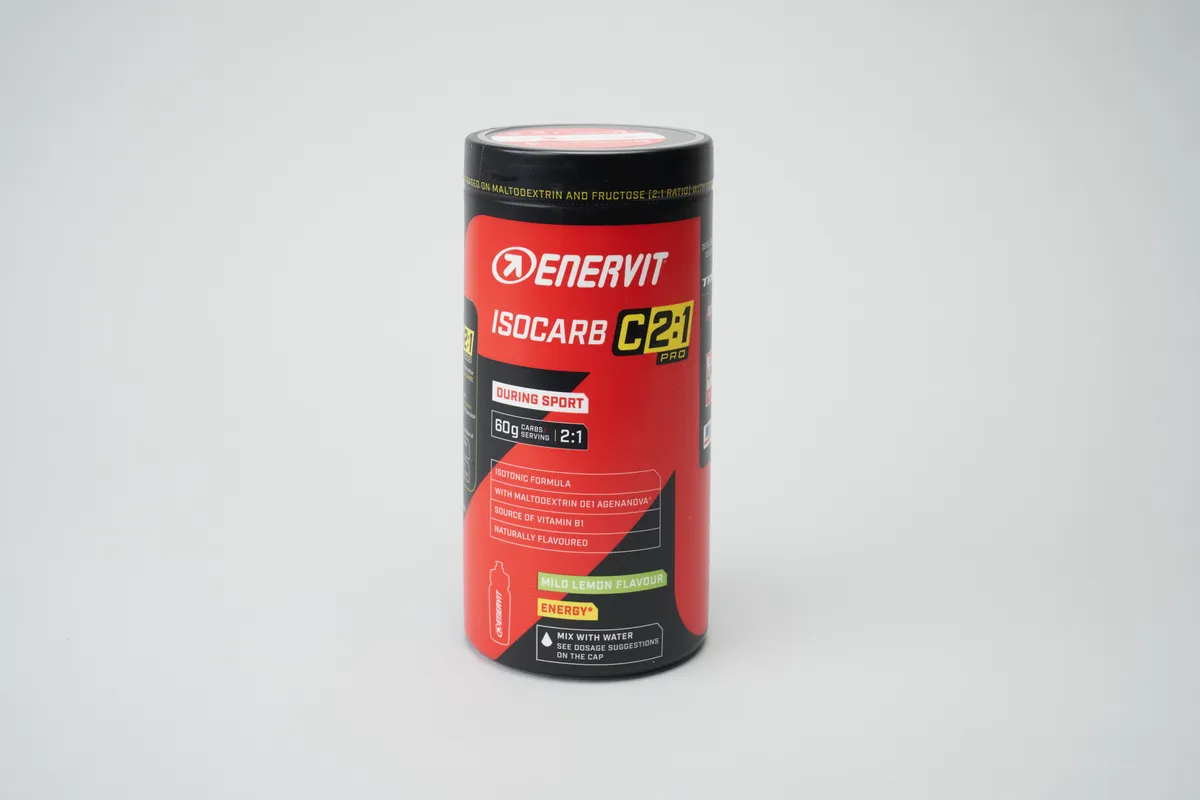
Before 2004, scientists believed the body could absorb a maximum of 60g per hour of ‘exogenous carbohydrates’ (from food and drink) from a single sugar source.
They know now that consuming multiple types of carbohydrates enables the absorption of much more.
Dr Podlogar says: “By adding fructose to glucose, you can increase the absorption of carbohydrates.
“After taking in about 60g in an hour of glucose or maltodextrin, which is basically the same, you saturate the transporters in your intestine for this type of carbohydrate.”
Eating more than this can cause GI issues because the carbohydrates sit in your intestines. Whereas fructose can be absorbed, delivering more carbohydrates to your muscles.
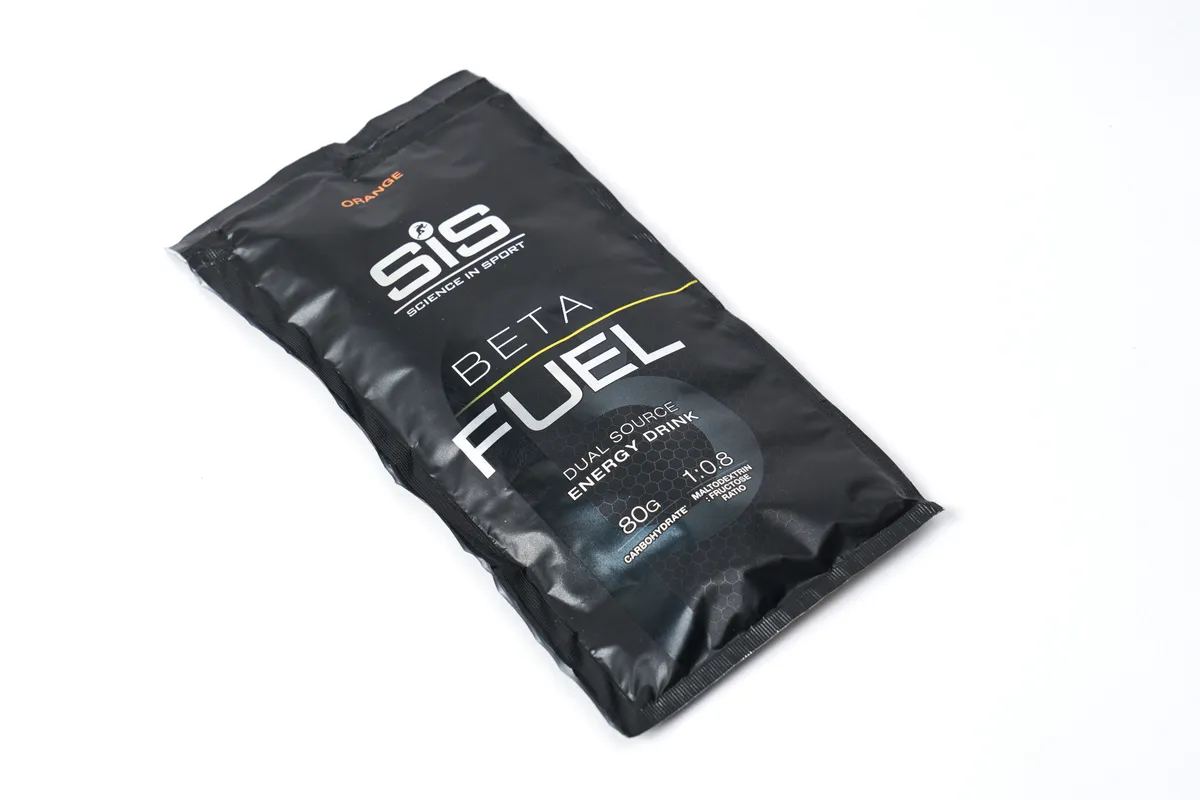
Sports nutrition, such as the best energy drinks, will combine glucose (or maltodextrin, a more complex form of glucose) with fructose in a 2:1 or 1:0.8 ratio.
There’s debate about which ratio is best at optimising carbohydrate oxidation while minimising the risk of gastrointestinal distress.
Dr Podlogar favours the 1:0.8 ratio. But Blow, from Precision Fuel and Hydration, says Lotto-Dstny professionals use 2:1 ratio products to take in 90-120g per hour.
Training the gut
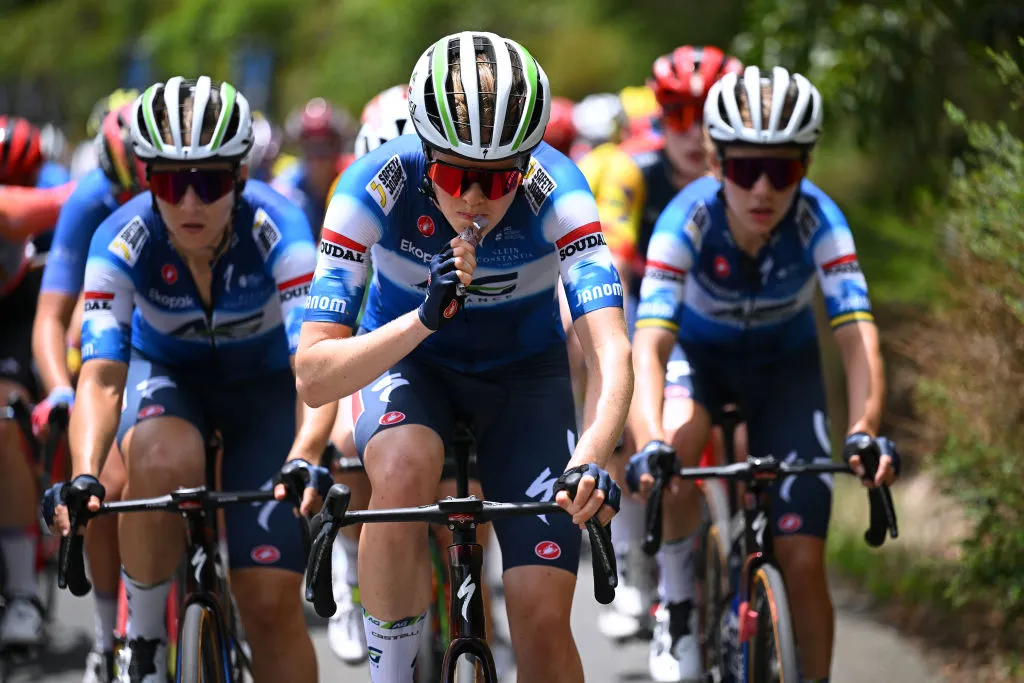
Whichever ratio you choose, Blow says the “key thing people miss out” is training the gut to absorb more carbohydrate.
“They often aim for higher numbers in races than they’ve done in training and become unstuck [with GI issues],” he adds.
To train your gut, Blow recommends starting with the amount you think you can handle in races.
Then, over a six- to eight-week period, gradually up this in your hardest and longest training sessions.
From 60g, this would mean going up to 70g, seeing if you can tolerate it before increasing to 80g.
“It’s a progressive increase to where you think you’d like to be [in terms of carbs per hour].”
In your final key training rides, go slightly above your race-day target, for example to 100g instead of 90g. Then come down for the race.
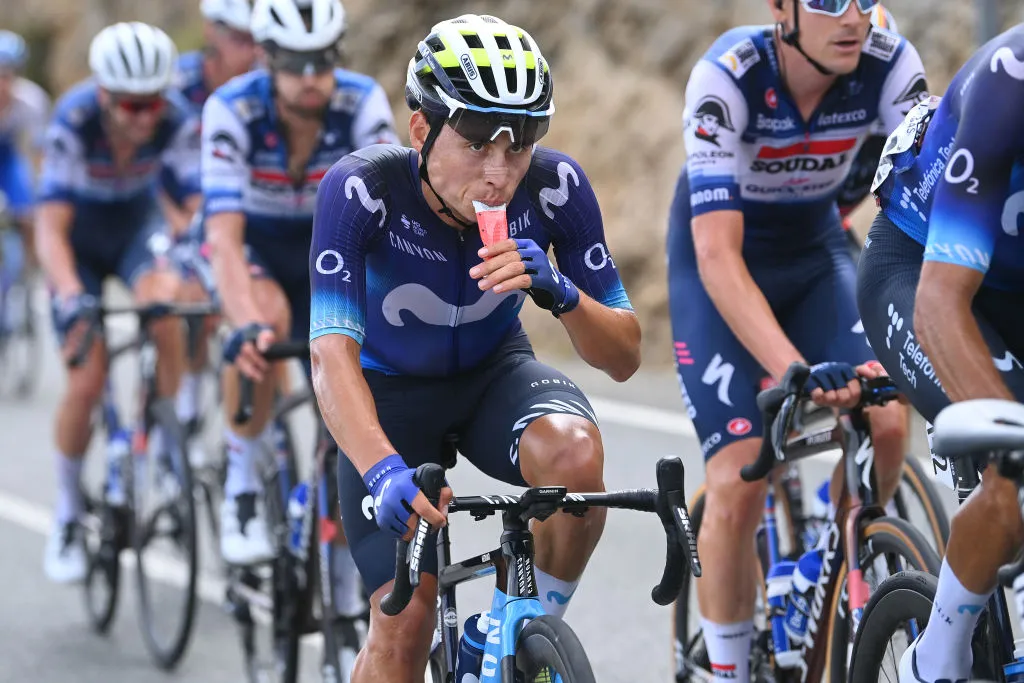
As Jeukendrup et al established in a 2006 study, there is no relationship between how quickly the body can oxidise the carbohydrates you eat while cycling and body size.
As a result, hourly carbohydrate intake recommendations are given in absolute amounts, not per kilo of body weight.
In practice, this means a lighter rider could absorb as many carbs as a heavier rider.
For example, sports nutritionist Ellen McDermott, from McD Nutrition, says she’s helped 60kg cyclists adapt to ingest 120g carbohydrates an hour.
Less powerful cyclists stand to gain more from a high, hourly carb intake because they’ll be able to replace more of the energy they expend.
When should I consume carbohydrates?
Timing of carbohydrate intake closely follows the total in importance.
Girling says: “If you can optimise how much you’re eating of certain macronutrients before, during and after training, you’ll enhance your recovery.”
In Carbohydrates for training and competition, Burke et al recommend consuming snacks and meals around important training sessions.
This helps nutrient and energy intake meet the demands of the athlete’s training, while providing “high carbohydrate availability to enhance performance and recovery at key times”.
Before cycling
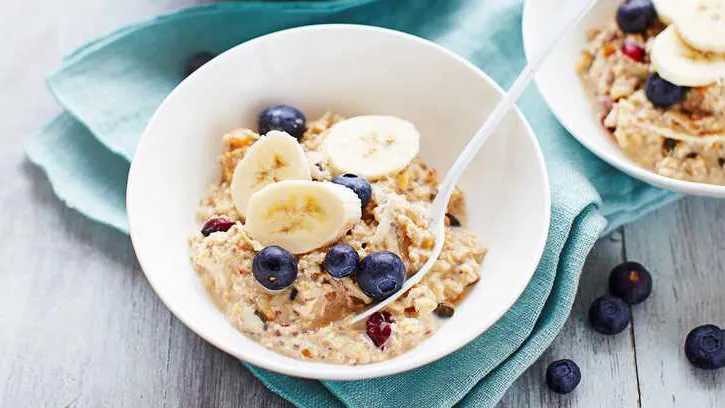
Burke et al suggest ingesting 1-4g carbohydrates per kg of body mass between one and four hours before a ride.
They say you should tailor the timing, total and type of carbohydrates to the demands of your training session or event.
For example, 1-1.5g per kg two hours before should suffice for a 90-minute training ride. Three hours before a challenging 100-mile ride, you might want to ingest 3-4g per kg.
For 140g of carbohydrates, you could eat porridge with 80g of oats, 200ml of skimmed cow’s milk and a banana, and two pieces of toast with 50g of jam.
It’s best to avoid foods high in protein, fat and fibre before a ride to minimise the risk of stomach issues.
If this is something you’re susceptible to, swap the porridge for rice pudding to reduce the fibre.
Carb loading
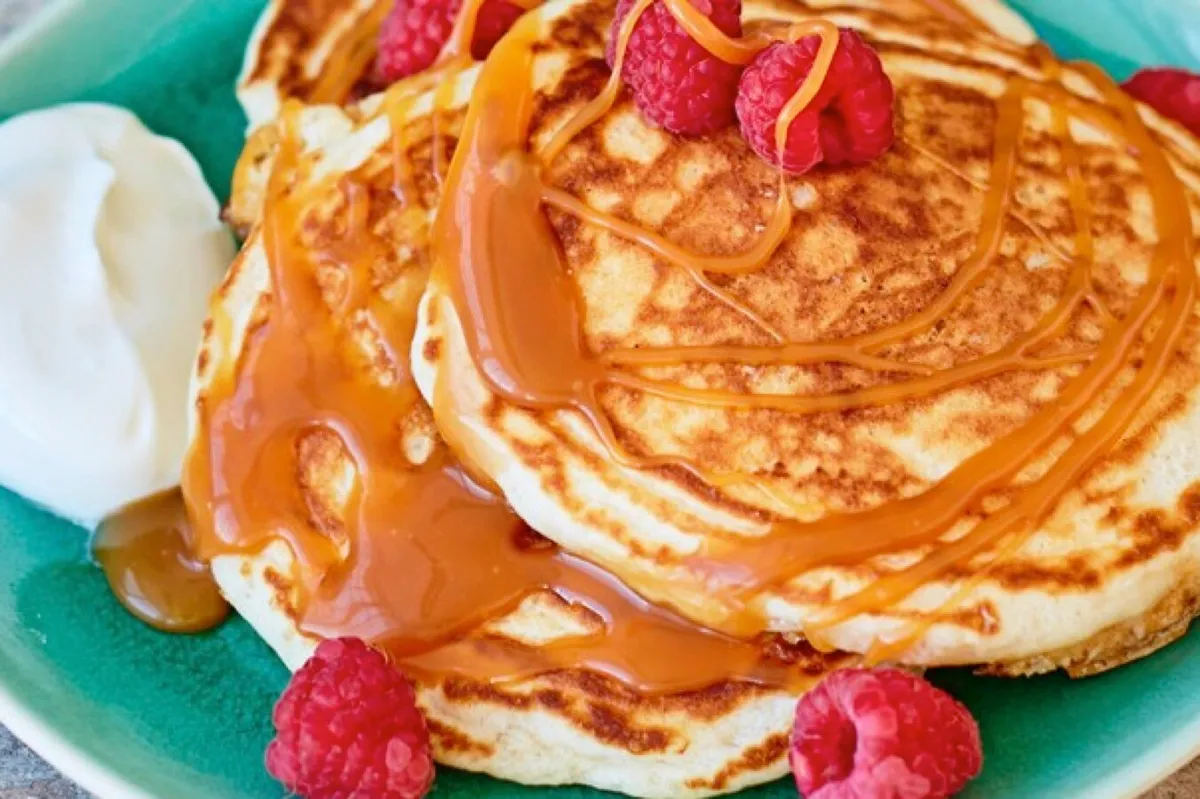
Research suggests carb loading can benefit athletes taking part in events longer than 90 minutes of sustained or intermittent exercise.
Burke et al advise consuming 10-12g carbohydrates per kg of body mass per 24 hours for 36-48 hours before events, such as sportives.
Again, eating energy-dense, low-fibre carbohydrates will stop you from feeling too full and gaining too much weight through water storage.
One of Dr Podlogar’s golden nutritional rules for cyclists is to always plan for the next session.
“If I know the next day is a tough interval session, I will eat more carbohydrates to fill up my glycogen stores,” he says.
“Or if a long weekend ride is coming up, that means eating a lot on Friday to make sure I’m well fuelled.
“But if it is an easy training session, you don’t need to eat as much, or could be a little bit hungry if you want to lose some body mass.”
After cycling
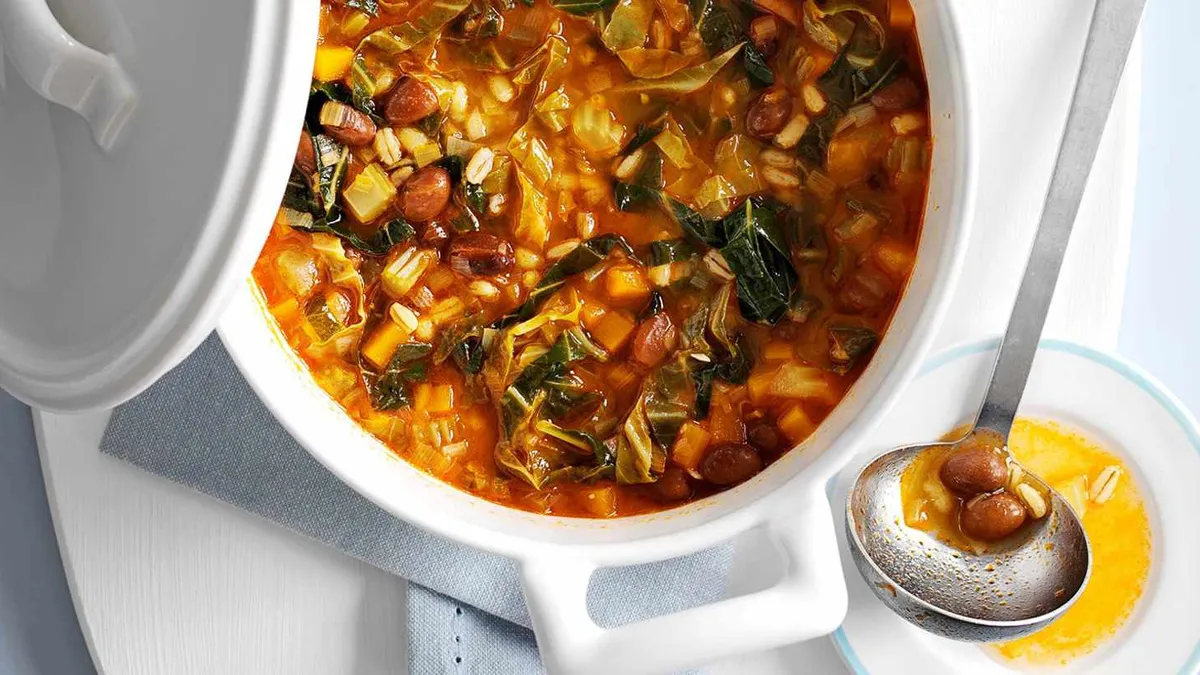
The so-called post-exercise 'glycogen window', in which your muscles and liver are more receptive to restocking with carbohydrates, is wider than once thought.
Borrowing sports scientist KD Tipton’s phrase, Ellen McDermott says you have a “garage door of opportunity” to refuel with carbohydrates (and protein) after cycling.
The four hours after a ride are important if you’re going to train again in the next eight hours.
To refuel fast, Burke et al recommend consuming 1-1.2g of carbohydrates per kilo of body mass per hour for the first four hours. Then you can revert to your daily energy needs.
However, after less intense, shorter bike rides when you’re not training within the next 24 hours, you can stick to your usual eating schedule.
Carbohydrate periodisation: should I train low and compete high?
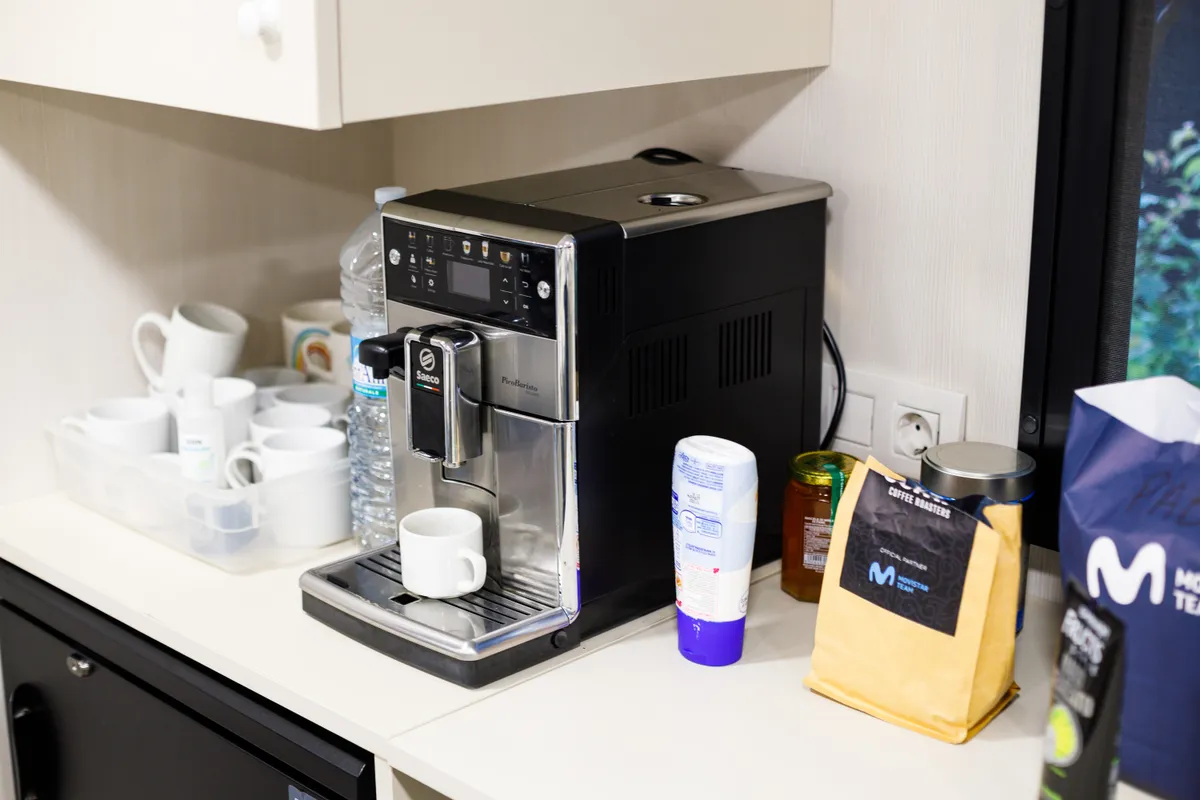
The ‘train low, compete high’ strategy has received a fair bit of attention among endurance athletes.
The idea behind carbohydrate periodisation is to restrict carbohydrate intake before and during low-intensity training sessions. In theory, this could make the body more efficient at using fat for fuel, thereby improving endurance.
But the latest evidence casts doubt on its effectiveness. A research team led by Tadej Pogačar’s nutritionist Gorka Prieto-Bellver periodised the carbohydrate intake of a group of national-level under-23 male cyclists for five weeks.
At the end of the study, their performance in key metrics hadn’t improved compared to a control group on a calorie-matched, high-carb diet.
What are the different types of carbohydrates?
Complex carbohydrates
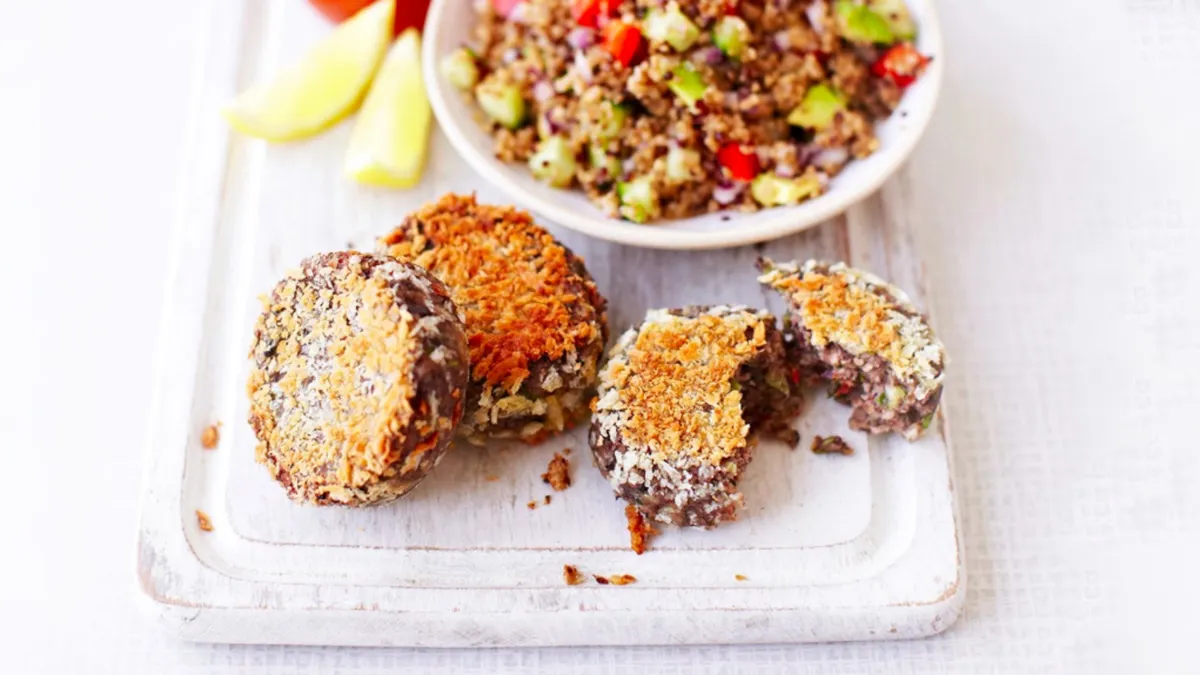
The term 'complex carbohydrates' is used interchangeably with low-glycemic carbohydrates.
The glycemic index categorises carbohydrates according to how quickly they release energy. Examples of low-glycemic carbohydrates are whole grains such as brown rice.
It’s best to eat complex carbohydrates most of the time. They tend to be unprocessed, which makes them more nutritious than simple carbs.
The case for the performance benefit of eating low-GI carbs before a bike ride is more mixed.
A 2023 academic review by Moitzi and Konig didn’t find convincing evidence that a low-GI carbohydrate diet improved long-term endurance performance.
Simple carbohydrates

Simple or high GI carbohydrates, such as sweets, get a bad rep but they’re ideal for on-the-bike fueling.
Dr Podlogar says they can be better than some energy bars, whose high fat, fibre and protein content slows absorption and adds unwanted calories.
He adds: “I have no problem recommending simple carbohydrates. You don’t want to eat a lot of them in the long term, but for performance, they’re what you want.
“The reason I love Haribo is that they don’t contain fibre, they have no fat and have sugars in two different forms: glucose and fructose.
“It goes straight into the blood and is very effective if you want to maximise carbohydrate availability.”
When you need to pre- or refuel with a lot of carbs, simple sugars are also preferable. You can eat a lot of them without feeling full to maximise carbohydrate intake.
